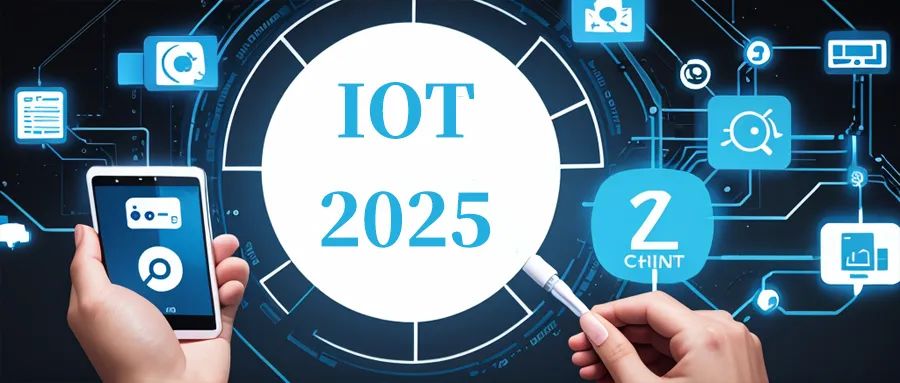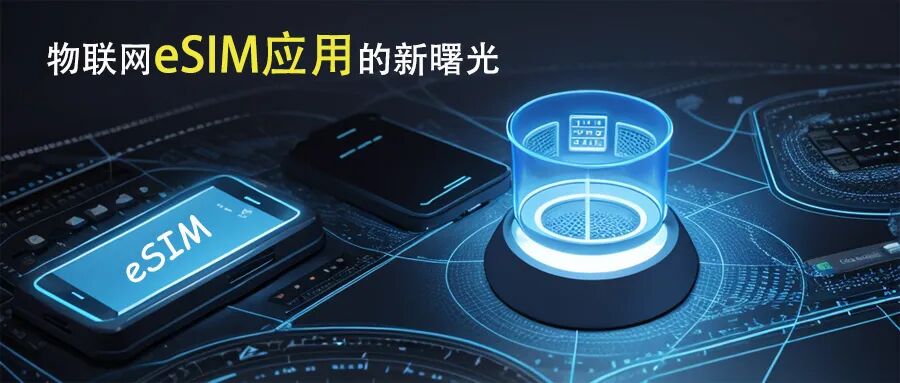The value generated by data far exceeds the value of global goods trade
—— McKinsey “Digital Globalization” (2016)
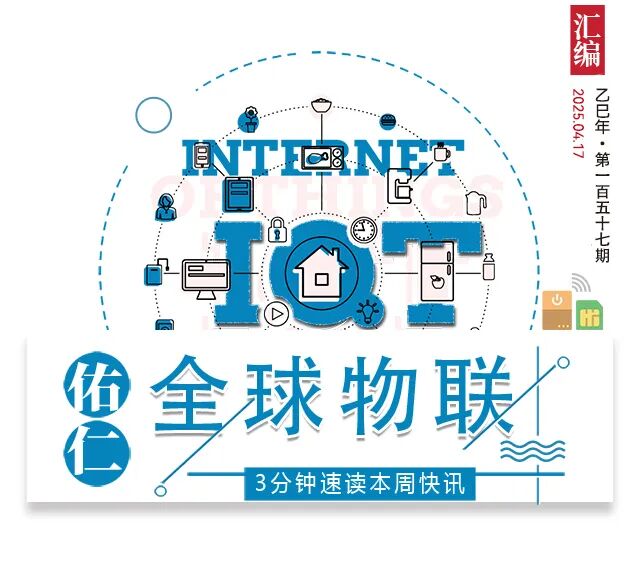
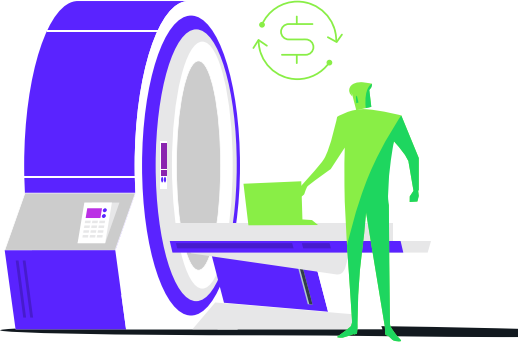
Protect Your Devices to Protect Your Patients
The quality of patient care is at the core of healthcare. In a rapidly evolving world of medical devices, software is at the center of innovation, with manufacturers shifting from hardware-centric to subscription-based business models. Today, embedded software has become an integral part of these medical devices. Device manufacturers must ensure success by establishing appropriate processes and systems.
Medical device companies need business solutions that can meet the following requirements:
-
Provide secure products.
-
Manage software and streamline updates.
-
Enhance device profitability.
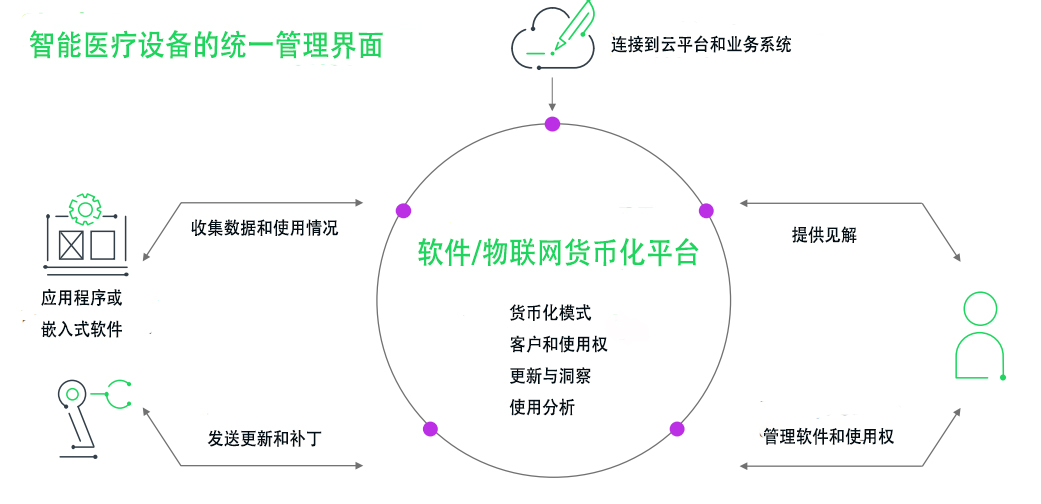

Medical Safety is Business Critical
The Internet of Things (IoT) is changing the way technology is consumed, driving transformation in the healthcare industry. These changes are part of the “changing device functionality requirements” identified by VDC Research, affecting traditional embedded or industrial markets. The medical and medical device manufacturing industry is facing challenges related to compliance, cost pressures, integration, ongoing management, commoditization, and changes in business models.
The transformation of the industry and the shift towards IoT medical devices represent:
-
Value-based healthcare that improves clinical outcomes while reducing overall costs.
-
Introducing technology during diagnosis and post-operative phases to enhance value throughout the care process.
-
Relying on insights from technology and services to provide operational efficiency and better patient care management.
-
The need to ensure the security of IoT devices to enhance profitability.
-
Utilizing real-time insights to provide personalized patient care.
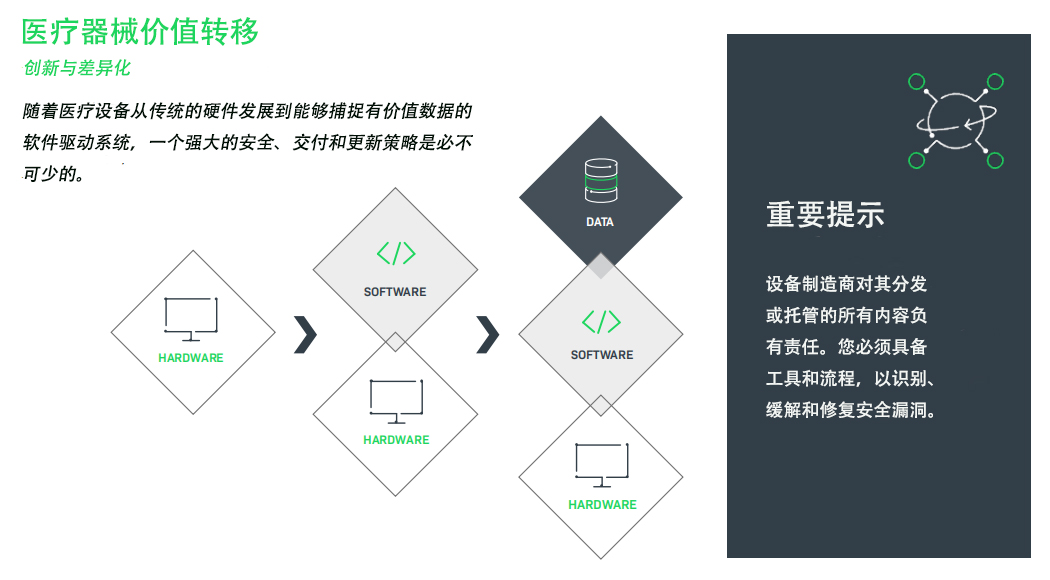

Specific Challenges and Needs in the Medical Industry
Today, the medical industry faces unique challenges in protecting its software supply chain. While unrecorded open-source code is present in nearly all software, in healthcare, HIPAA requires device manufacturers to minimize the risk of sending products with unpatched vulnerabilities to customers. The specific needs in this field often mean:
-
More complex devices require compatibility or dependency checks before software updates.
-
Technicians need to manually verify hardware compatibility before starting updates.
-
No visibility or insight into the software or firmware versions on devices.
There may be a better way. Autonomous updates can replace costly and time-consuming manual processes. This allows vendors or device manufacturers to prepare for regulatory compliance and provide a complete record of where software is running. This is especially necessary as the frequency and complexity of security utilization increase.
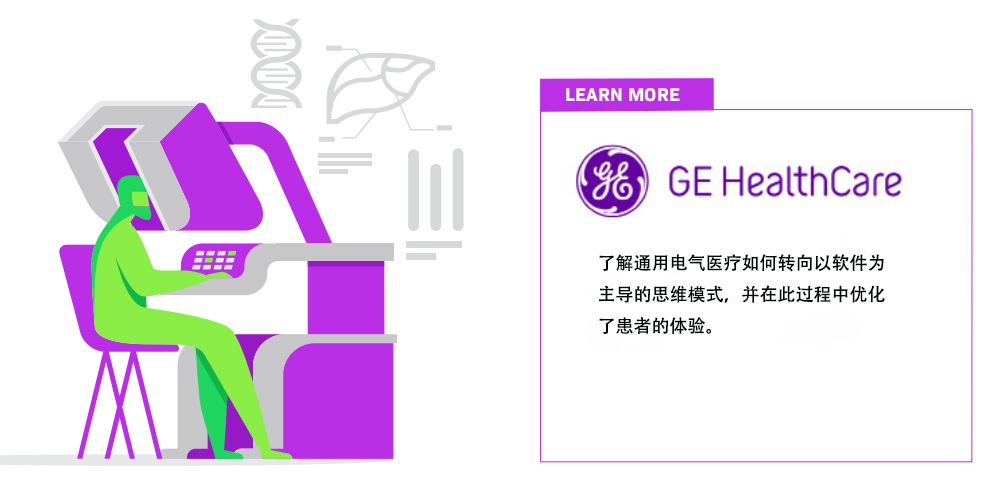

The Medical Industry Has an Action Plan. What About You?
The medical industry has detailed an action plan to ensure the safety of medical devices and has clearly defined the responsibilities of manufacturers. Medical cybersecurity regulations emphasize managing cybersecurity risks throughout the lifecycle of medical devices.
The U.S. Food and Drug Administration has a medical device safety action plan aimed at reducing attack surfaces, controlling access to software and data, and keeping software and firmware updated. The FDA’s cybersecurity regulations primarily target medical devices that pose cybersecurity risks (connected, containing software, etc.).
-
Medical device manufacturers must have the capability to incorporate device security patches into product design and provide the FDA with relevant data regarding this capability as part of pre-market submissions to demonstrate reasonable cybersecurity procedures and testing (including Software Bill of Materials – SBOM).
-
Post-market requirements include monitoring, identifying, and addressing cybersecurity vulnerabilities and exploits; this relies on maintaining the SBOM as part of the SCA program.
Similarly, the European Union Medical Device Regulation (MDR) applies to medical device manufacturers, authorized representatives, importers, or distributors within the EU. These entities must identify vulnerabilities and potential exploits in their devices; design, develop, and maintain medical devices with robust cybersecurity features, and provide timely software updates and security patches.
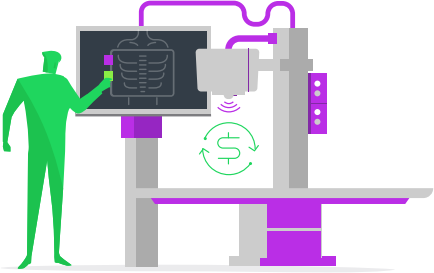

Understanding Software Bill of Materials (SBOM)
A Software Bill of Materials is a formal and queryable record that contains detailed information about the various components used in building software and their relationships. It can be thought of as the ingredient label for your software application.
The various uses of SBOM include automating the inventory process of open-source software and third-party components, enabling transparency for customers and regulators, and tracking vulnerabilities in components in use. Collectively, these functions allow device manufacturers to understand the risks present in their devices and take appropriate measures to ensure safety.
Medical device manufacturers can use the Software Bill of Materials (SBOM) to answer five key questions to control the use of open-source software:
-
Do we know what components are in our application?
-
Do we have any legal and/or security compliance issues according to our policies?
-
Are we exposed to specific vulnerabilities?
-
Are our components up to date?
-
Where are the risks, and how do we mitigate them?
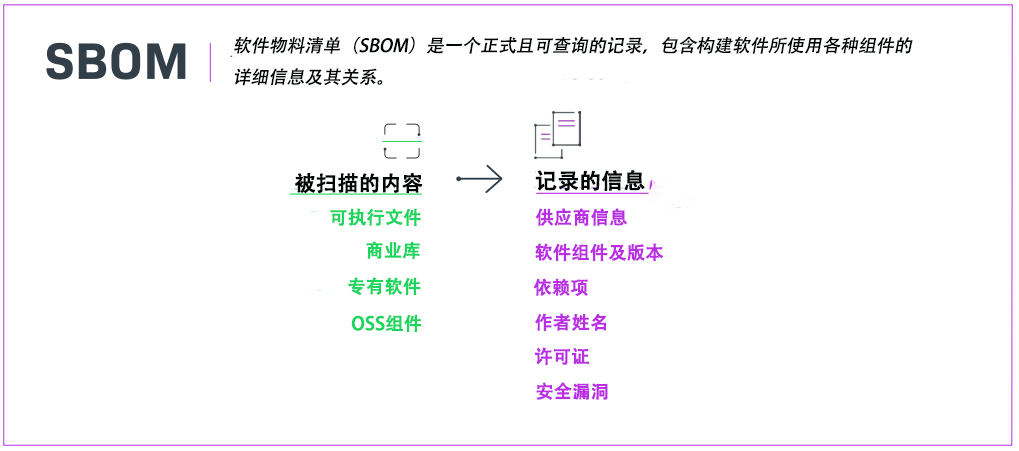

Monetization Opportunities in the Medical Industry
The key to modern, secure, and profitable business models for medical devices lies in helping customers stay updated and secure, understanding what customers are using, and learning from software and device insights. To achieve this, medical device manufacturers must evaluate how to implement new business models, increase recurring revenue, comply with industry regulations, and release secure software products without vulnerabilities.
Depending on the application and industry, updates may need to occur quarterly, monthly, weekly, or even continuously. The process of managing software updates needs to be scalable. Manual processes will fail, especially as the number of devices (including tablets and sensitive machines) increases.
An automated, comprehensive IoT monetization platform:
-
Delivers permission-based updates and security patch distribution securely and accurately.
-
Enhances security and vulnerability mitigation capabilities through end-to-end processes.
-
Prevents updates from being sent to ineligible customers, thereby protecting intellectual property.
-
Automates end-to-end processes based on subscription and other authorization information.
-
Provides usage data and analytics to help businesses grow.
-
Helps medical device manufacturers provide the right monetization model for the right products at the right price.
Monetizing through compliant medical software licensing:
-
Increases revenue streams.
-
Enhances customer experience.
-
Improves operational efficiency.
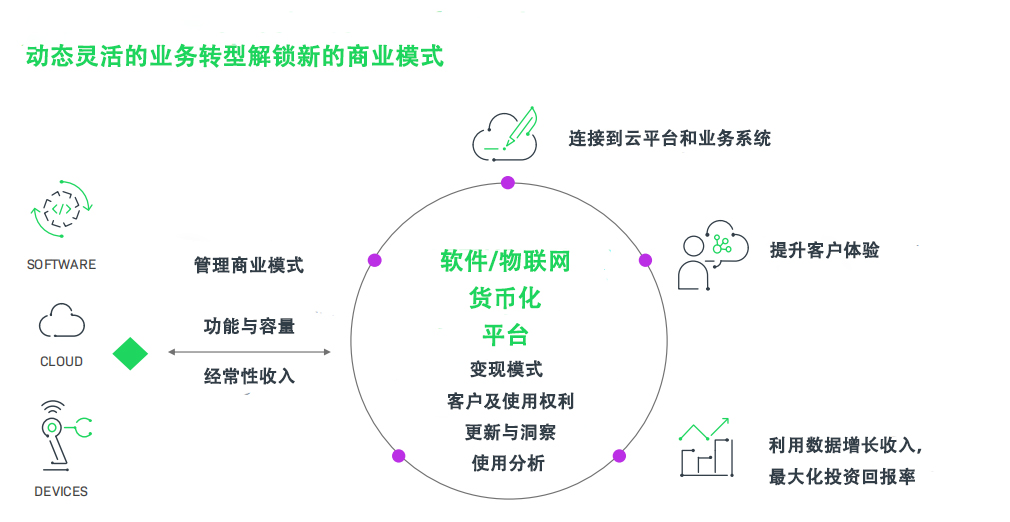

Putting Customers and Their Patients First
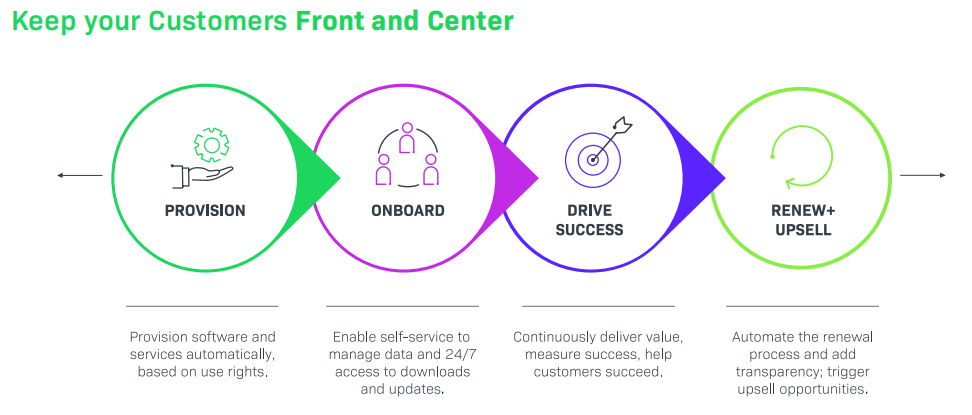

Medical device manufacturers should turn to software monetization and software composition analysis solutions to achieve new business models, increase recurring revenue, comply with FDA/MDR regulations, and release secure software products without vulnerabilities. Following industry best practices—operating within a security framework, establishing and maintaining open-source software policies, generating Software Bill of Materials (SBOM)—can help drive digital transformation and efficiently meet industry requirements. The end result is that your code, customers, and reputation will remain healthy.

 Source: https://www.iot-now.com/2025/04/04/150472-how-to-manage-monetise-secure-medical-iot-devices/Disclaimer: The information in this article is sourced from the internet and is intended to convey more information; it does not imply endorsement of its views or verification of its content’s authenticity.
Source: https://www.iot-now.com/2025/04/04/150472-how-to-manage-monetise-secure-medical-iot-devices/Disclaimer: The information in this article is sourced from the internet and is intended to convey more information; it does not imply endorsement of its views or verification of its content’s authenticity.

We sincerely invite you to join us

Our materials are primarily in English,
to ensure the accuracy of the translated materials,
we now sincerely inviteprofessionals with strong Englishskills to join us,
We can offer certainrewards,
Interested parties canmessage us privately.。
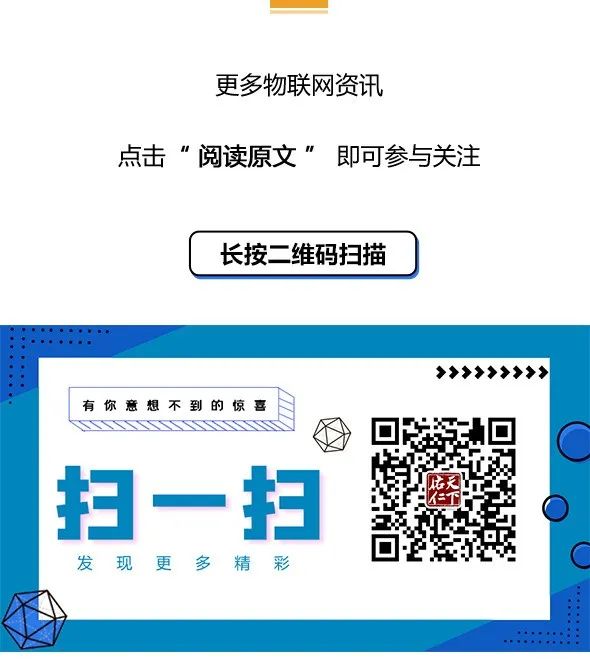
————-Stay Tuned————-
Weekly “Global IoT Card” to keep you updated on industry news
